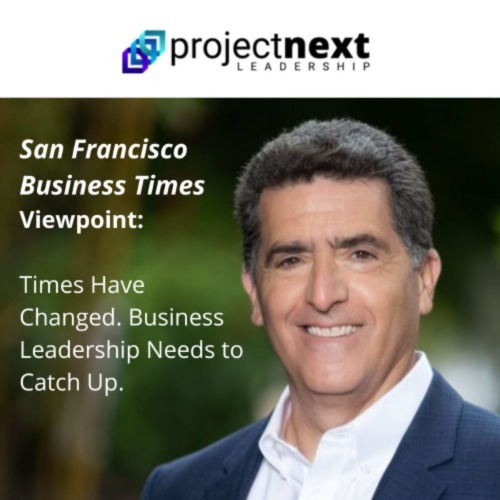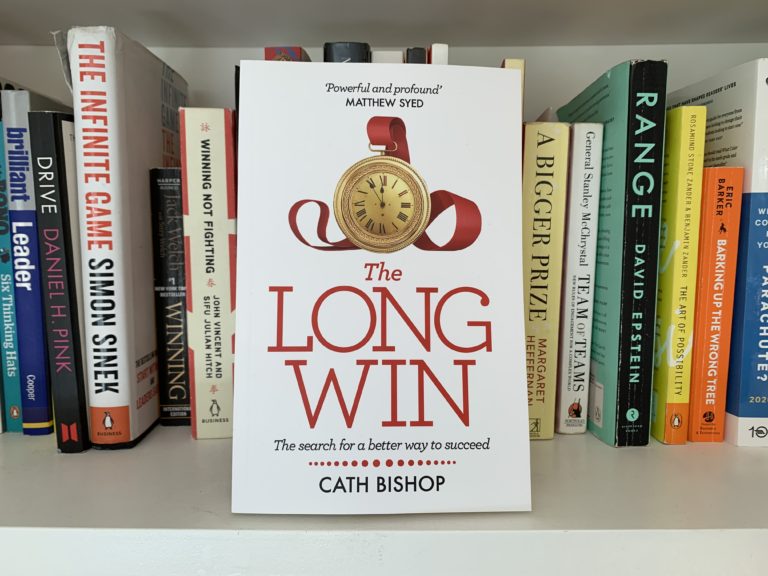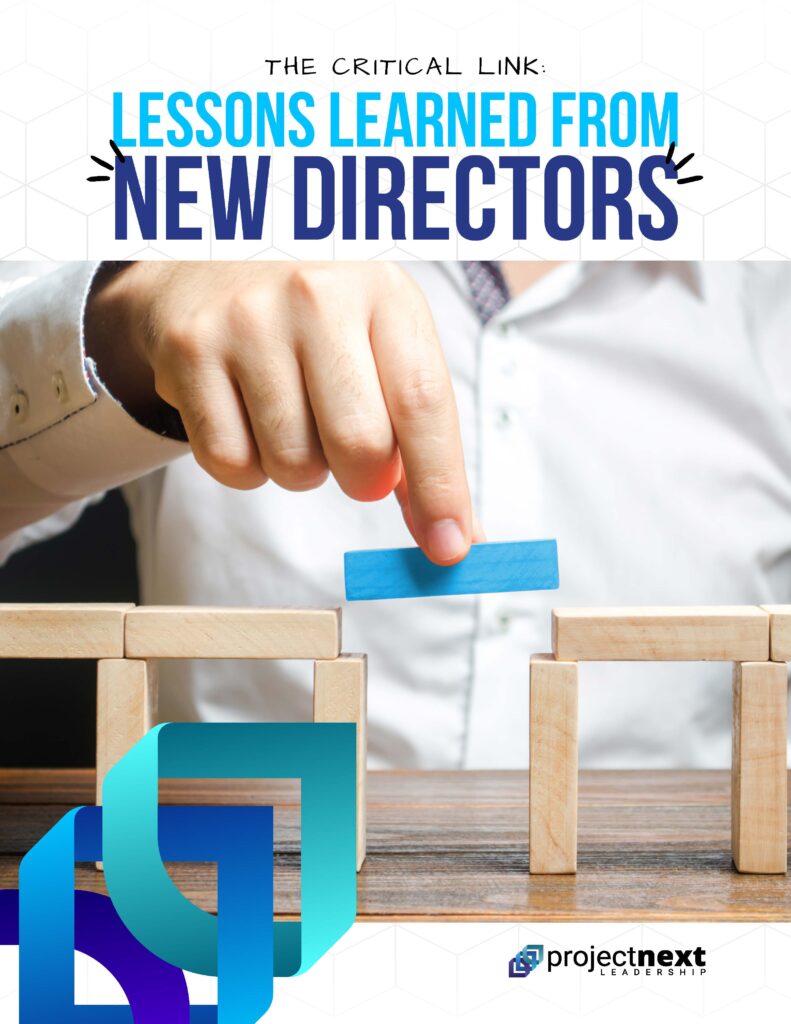This is part of a series on the critical capability of Leading Across the enterprise, based on research we conducted earlier this year.
I was debriefing a leader’s 360 assessment last week. Stakeholders rated this leader high on speaking frankly and honestly, working effectively across the org, and leveraging the expertise of team members. The glaring area of growth was establishing and communicating an inspiring vision. “I’m not good at that!” said the leader. “I know that a clear plan of action is what we need right now, but I’m not sure I can deliver on it.”
GETTING HELP
“What makes you believe that you need to be the one to come up with the vision?” I asked. She had already extolled the expertise of some of her colleagues, including their creative ideation and ability to see around corners. Her eyes lit up. “I could facilitate a meeting with my amazing team and we could work out a plan together!” This leader realized that she could play to her strengths, which included developing strong relationships with colleagues who trust her and facilitating agreements across disparate groups. This would also mean that instead of coming up with a plan and then having to sell it to many of her stakeholders, she would have a committed team already bought into the plan that they helped create. This would move them into action faster, increase engagement and likely result in a better outcome than if she had created the initial plan on her own.
Our experience in working with hundreds of leaders is that many hold an outmoded mindset that strong leadership means having the answers. But our research on successful leaders who are able to mobilize people across the enterprise shows that these leaders not only don’t have all of the answers, they also know that they can’t and don’t need to. They rely on others, not just to pay lip service to inclusion, but because they truly believe that expertise can be found everywhere. As MIT’s Edgar Schein said, ‘Leadership is a group sport, not an individual heroic activity.”
GETTING A NEW PERSPECTIVE
One of the key mindsets of leaders who are able to lead across the enterprise (meaning leading people without positional authority, such as across to another function, business unit or region) is that they develop relationships with people who can offer different perspectives to help make progress on key objectives. They ask for help and ideas early and often, with questions like,
- If you could wave a magic wand and create the perfect solution, what would it be?
- Who could help us with this?
- What am I missing? What are we missing?
- What are the unforeseen obstacles to get ahead of? In 3, 6, 9 months out?
- What could get in the way of our being successful?
As a senior leader of a global entertainment company explained their role, “My job is to synthesize the wisdom of people who are experts in their roles, constantly weaving them together.” That mindset of seeking out wisdom and expertise has led her to becoming one of the most respected leaders in her organization.
THE ROLE OF HUMILITY
Seeking out and leveraging others’ expertise requires humility. This means understanding the limits of one’s own understanding and willingness to engage others. There is an increasing agreement that humility is a key leadership attribute in today’s environment to enable cross-enterprise collaboration. Jim Collins was an early advocate in his classic book of leadership, Good to Great, in which he defines “Level 5 leaders” who “build enduring greatness through a paradoxical blend of personal humility and professional will.”
A humble mindset doesn’t mean thinking less of one’s own abilities. It means being confident in our own expertise and simultaneously recognizing others’. Sometimes that means recognizing that the moment calls for someone else to lead. As a leader at a large technology company said with some irony, “Sometimes following can be a great act of leadership.”
WHEN TO ASK AND WHEN TO ACT
We’ve all been in meetings that seem to be going nowhere. Especially in corporate cultures that are inclusive and non-confrontational, there is a custom of inviting a large number of people in to give input and “feel heard.” That can be important for the first meeting, and maybe for the second, but soon after in today’s fast-paced environment, people want to see progress. So when do we go from inquiry to action?
There are a few things to ask yourself:
Have I gotten enough perspectives and asked enough people that I’ll be in a good position to “sell” this idea? It can be important to “show the math” around your process: who you’ve spoken with and what perspectives you’ve considered. The CEO of an engineering firm is known for gathering a lot of input, so once she makes a decision, people generally trust it.
Is this a 1-way door decision or a 2-way door decision? A 1-way door decision is one that is difficult or impossible to walk back, such as making an acquisition or announcing a lay-off. You’d better be sure you’ve spent the time getting the input and expertise needed to make the best decision possible. A 2-way door decision is the more common type of decision, true in most cases. It’s a decision that you can reverse. In these types of situations, there is less risk to try something out and moving faster to experiment may get you more information than another round of gathering input.
How can I move this forward by giving people something to react to? We’ve seen a number of successful leaders continue to morph an initial “sketch” of an idea either before or soon after key stakeholder meetings. Give people something to react to. Show them that progress is being made, while also being clear that this is only a sketch – a draft – and demonstrate openness to whatever feedback and ideas they offer.
There are key capabilities required to lead across effectively, like building trust, asking great questions, listening to learn and negotiating conflict. But it starts with a foundational mindset of recognizing that expertise is everywhere, and that the best leaders leverage that expertise to get results collaboratively.
Whose input do you need today?




